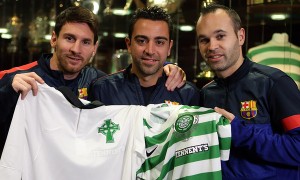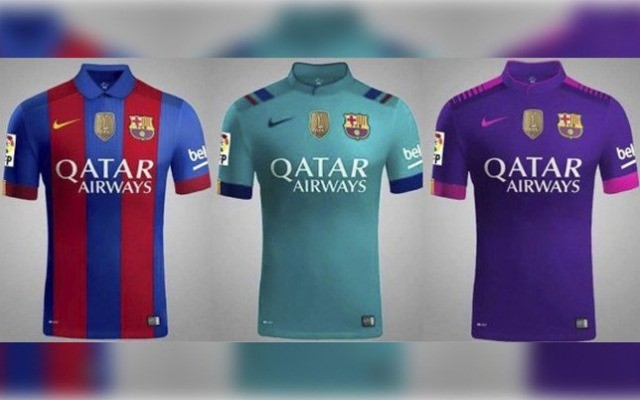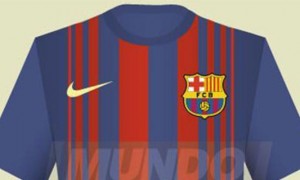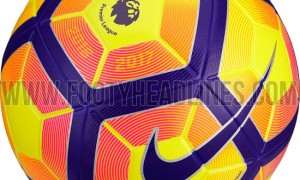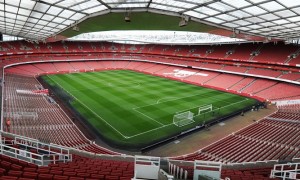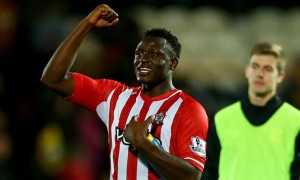False Nine: Football History Explained
The Origin
A “False Nine” is essentially a deep lying striker. A traditional number nine’s role is to hold up the ball, use their strength to back into defenders and look for space behind the defence.
On the other hand, a False Nine will look for space in between the lines of the opposition’s defence and midfield.
The False Nine dropping back helps create an overload in the midfield and gives their side numerical superiority in the middle of the park. Dropping back can also drag centre backs out of position, creating gaps in the defence.
Despite the this system becoming widely popular in the past decade, the role has actually existed as early as the 1930’s. Austria’s Matthias Sindelar is known as the first proper False Nine, he played the role for the Austrian national side and it worked with great effect, Sindelar scored twenty-six goals in just forty-three appearances for his country.
Pep Guardiola and his use of the False Nine
Pep Guardiola has achieved great success using the False Nine, it takes a very particular kind of player to thrive in this role and he found the perfect man for the job at Barcelona, Lionel Messi.
The image above shows Guardiola’s Barcelona side of 2011, often regarded as one of the greatest teams in football history.
Messi was used as a False Nine. He would often drop back between the lines to link up play with Iniesta and Xavi. This would cause at least one defender to be dragged out to attempt to mark Mess.
This left space for David Villa and Pedro to both cut in from the wings and get into goal scoring positions inside the box.
Messi in the False Nine role under Guardiola at Barca proved incredibly successful. Barcelona even won six trophies in one calendar year in 2009, with Messi being deployed as a False Nine being one of the main reasons the team managed such success.
To be a world class False Nine you need spatial awareness, brilliant dribbling, anticipation, great passing, accurate shooting and the most important of all, top class movement.
Manchester City’s use of the False Nine
We have even seen the system being used successfully this past season in the Premier League. Guardiola has used Kevin De Bruyne in the False Nine role at Manchester City and it had a great effect.
This is often how Manchester City would line up during the 2020/21 season, with De Bruyne as the “striker”.
The Belgians’ great passing range, movement, shooting and link-up play in the False Nine position helped City achieve some great results.
That is just one of the many examples of Manchester City’s system tearing teams apart. De Bruyne managed ten goals and eighteen assists throughout the 2020/21 season, starting many games in the False Nine role.
It speaks volumes of how well the system worked when Guardiola was picking De Bruyne to play in the forward position instead of the likes of Sergio Agüero and Gabriel Jesus, the Manchester City strikers at the time.
It takes a very particular type of player to get the False Nine role to work, but when you find that player, there is simply no going back.









